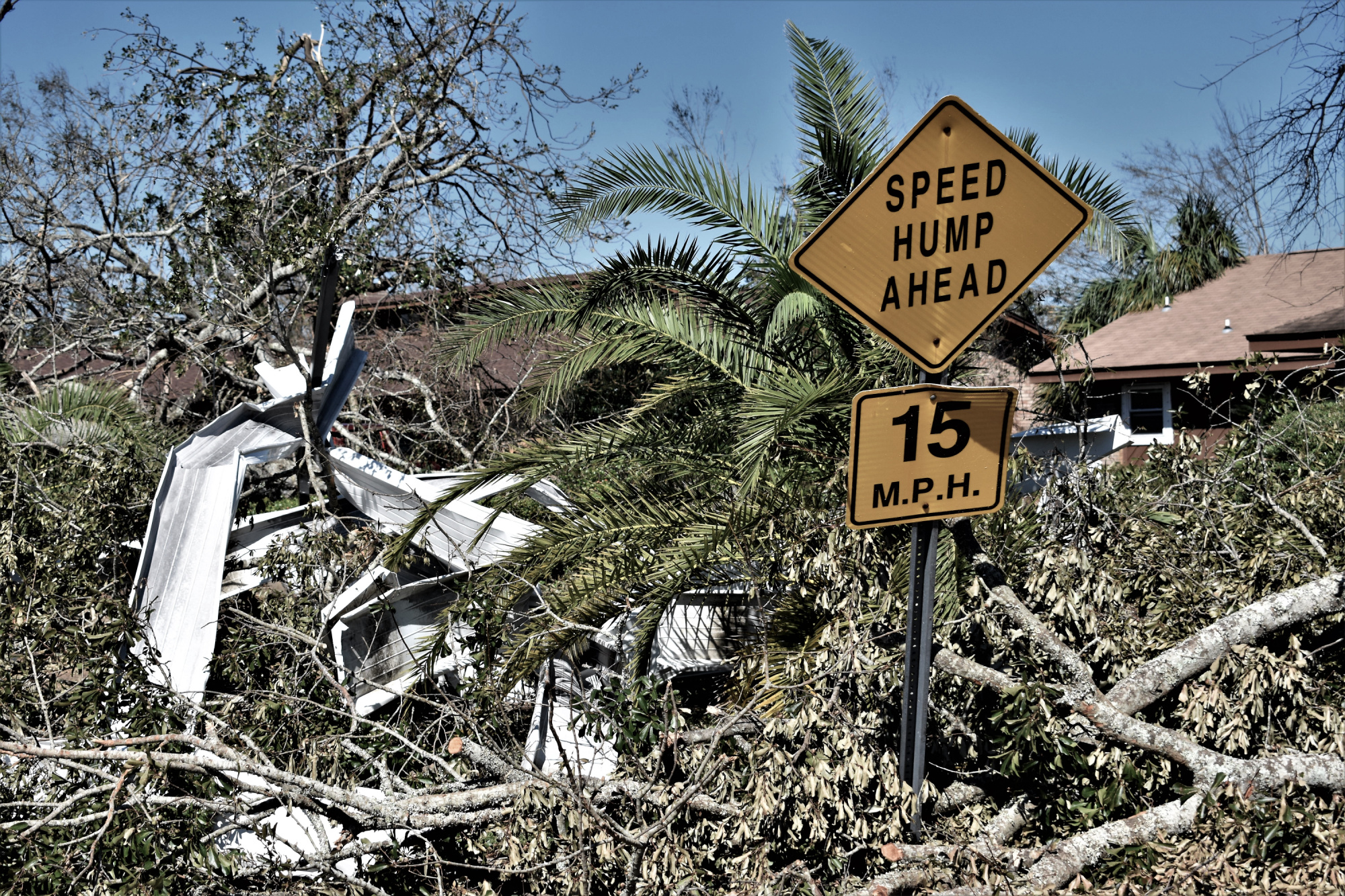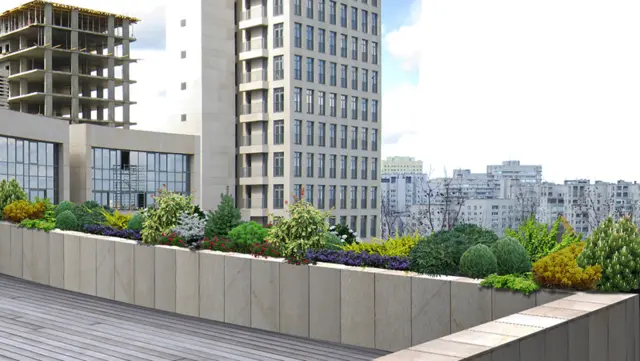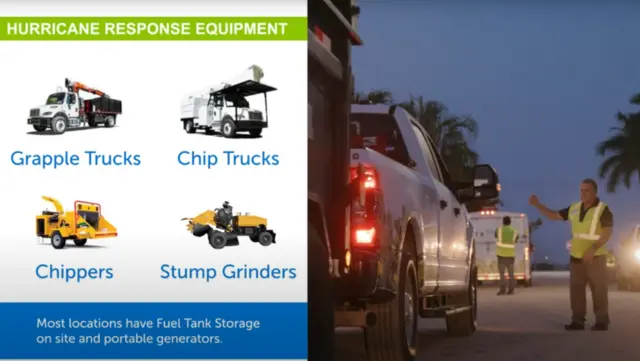
How to Create a Hurricane-Resistant Landscape
Prepare for hurricane season now
Hurricanes may be a fact of life in the Southeast, but that doesn't make them any less intolerable. Luckily, there are strategies that can make your landscape more resistant to hurricane-related damage, and better yet, none involve a complete overhaul. Now that's tolerable!

Plant Trees that Won't Be Gone with the Wind
While no tree is completely wind resistant, some fare better than others. The University of Florida has studied the effect of every major hurricane over the last 30 years on the urban forest and concluded certain species tend to experience greater survival rates and less branch loss. Their top picks include live oak, Southern magnolia, gumbo limbo, bald cypress, and sabal palms.
Don't forget that selecting the right species is only one part of the battle. Regular pruning and inspection by a certified arborist are key to keeping your trees at their hardiest.
Choose Plants that Don't Mind if Things Get Salty
If you live close to the ocean, you probably already know how tough sea spray can be on your landscape. During a hurricane, saltwater travels farther inland, making it a problem for landscapes not typically accustomed to a high salt diet. You can safeguard against this by planting varieties that won't wither in the salinity, such as dune grass, bay cedar, sea lavender, and lantanas.
Win the Fencing Match
Just like it's important to prune a tree's canopy to allow wind to flow through, the same principle is true of your fence; it will fare better if winds can flow through, not against. For that reason, you may want to choose wrought iron fencing over wood when possible because of the larger openings.
Achieve Strength in Numbers
Depending on location and available space, some plants and trees may benefit from being planted in a group instead of individually. This creates a buffer that could help the group survive high winds. However, be sure to work with a knowledgeable landscape partner before going this route. Some studies have suggested typical urban spacing may not be tight enough to provide protection.
Get Some Space
Consider the location of structures, such as buildings and power lines, when evaluating your current landscape or considering new plans. Trees that grow too close could cause serious damage should they uproot or lose a limb. For young trees, don't forget to consider the typical measurements of a mature specimen. For established trees that are already encroaching, talk with a certified arborist who can orchestrate a safe removal, or advise whether transplanting could be a worthwhile option.
Need to find a certified arborist or experienced landscape team to help you prepare for hurricane season? Give us a call.



